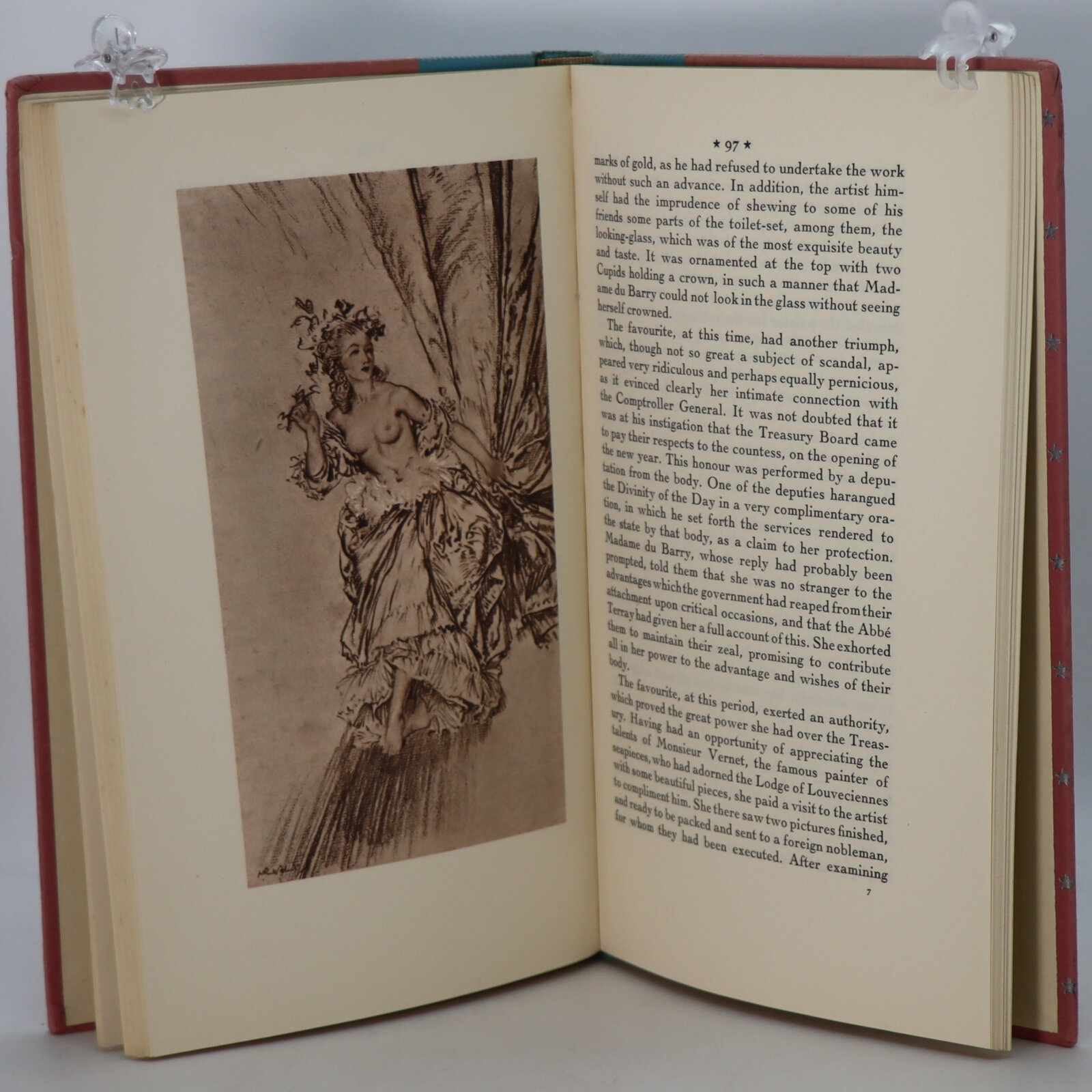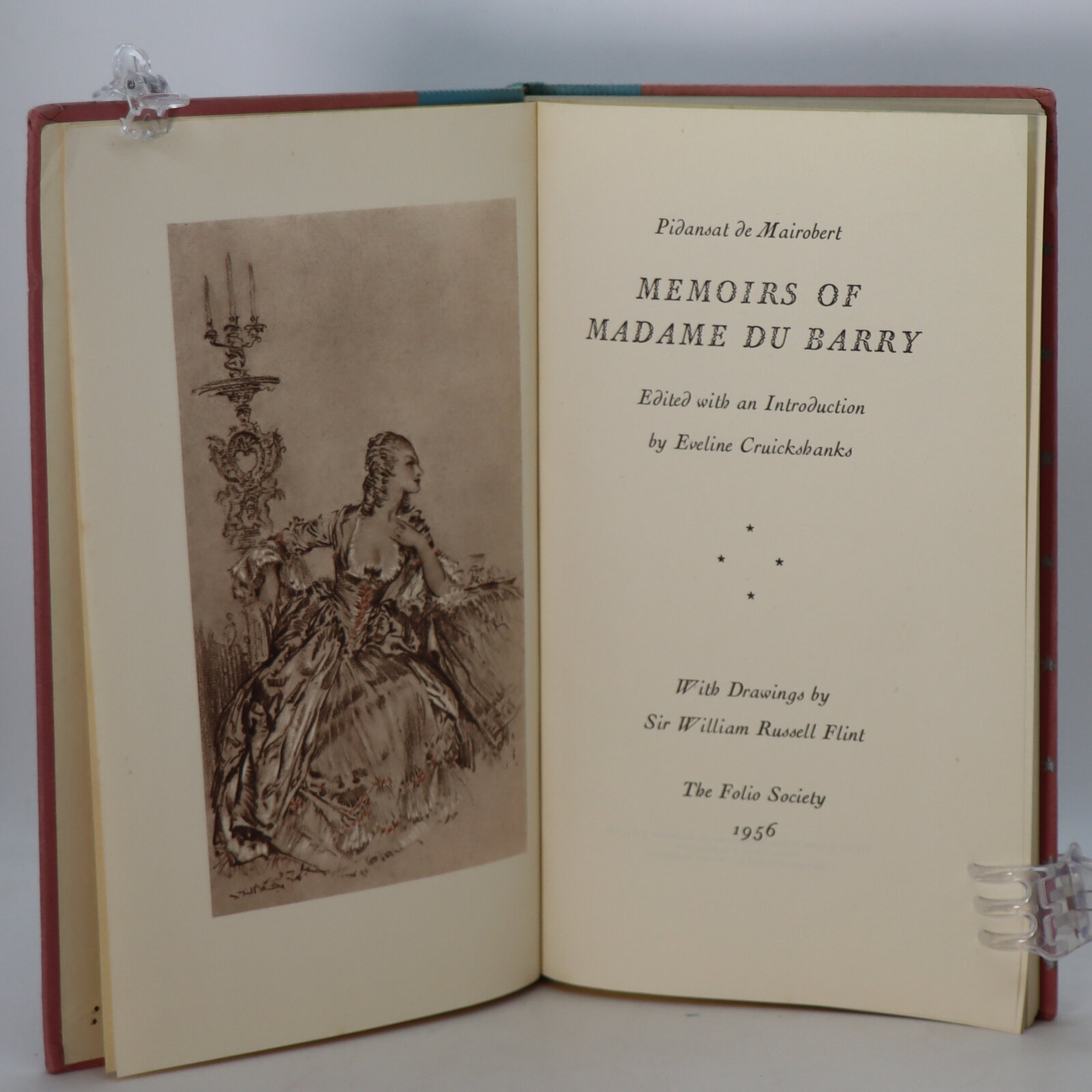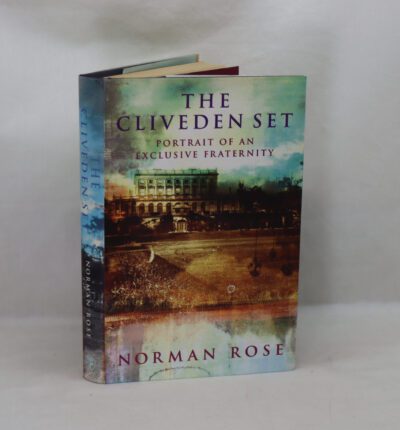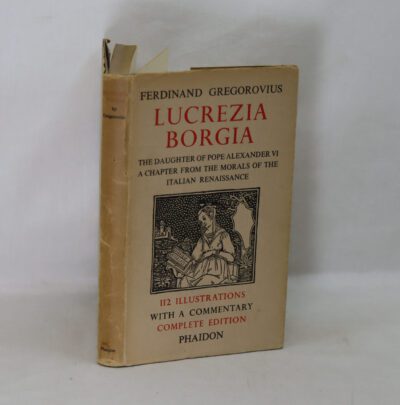Memoirs of Madame Du Barry.
By Pidansat de Mairobert
Printed: 1956
Publisher: THe Folio Society. London
| Dimensions | 14 × 22 × 1.5 cm |
|---|---|
| Language |
Language: English
Size (cminches): 14 x 22 x 1.5
Condition: Fine (See explanation of ratings)
Your items
Item information
Description
Blue cloth spine with gilt title. Pink star patterned boards.
F.B.A. provides an in-depth photographic presentation of this item to stimulate your feeling and touch. More traditional book descriptions are immediately available.
Endorsed by F.B.A. – F.B.A. is endorsing a range of collectable lovingly used books
A great book that reflects well the life of a great lady.
Jeanne Bécu, Comtesse du Barry (19 August 1743 – 8 December 1793) was the last maîtresse-en-titre of King Louis XV of France. She was executed, by guillotine, during the French Revolution due to accounts of treason—particularly being suspected of assisting émigrés flee from the Revolution.
In order for the king to take Jeanne as a maîtresse-en-titre, she had to be married to someone of high rank so she could be allowed at court; she was hastily married on 1 September 1768, to Comte Guillaume du Barry. The marriage ceremony was accompanied by a false birth certificate, created by Jean du Barry. The certificate made Jeanne younger by three years and dissimulated her “poor” background. Henceforth, she was deemed as an official maîtresse-en-titre to the king.
Her arrival at the French royal court was considered scandalous by some, as she had been a prostitute and a commoner. For these reasons, she was disliked by many, including Marie Antoinette. Marie Antoinette’s disfavouring Jeanne and refusing to speak to her was seen as a major issue within the royal court and had to be resolved. In New Year’s Day 1772, Marie Antoinette remarked to Jeanne, “There are many people at Versailles today.” This little interaction pleased both Jeanne and the royal court, and the dispute ended, though the latter still disapproved of Jeanne thereafter.
During the Reign of Terror, a subpart of the French Revolution, Jeanne was imprisoned due to accounts of treason, the claims being made by her page Zamor. Soon after her imprisonment, she was executed—by guillotine—on 8 December 1793. Her body was buried in the Madeleine cemetery. The gems she had smuggled out of France during the Revolution were found due to her confession and were sold at auction in 1795.
Want to know more about this item?
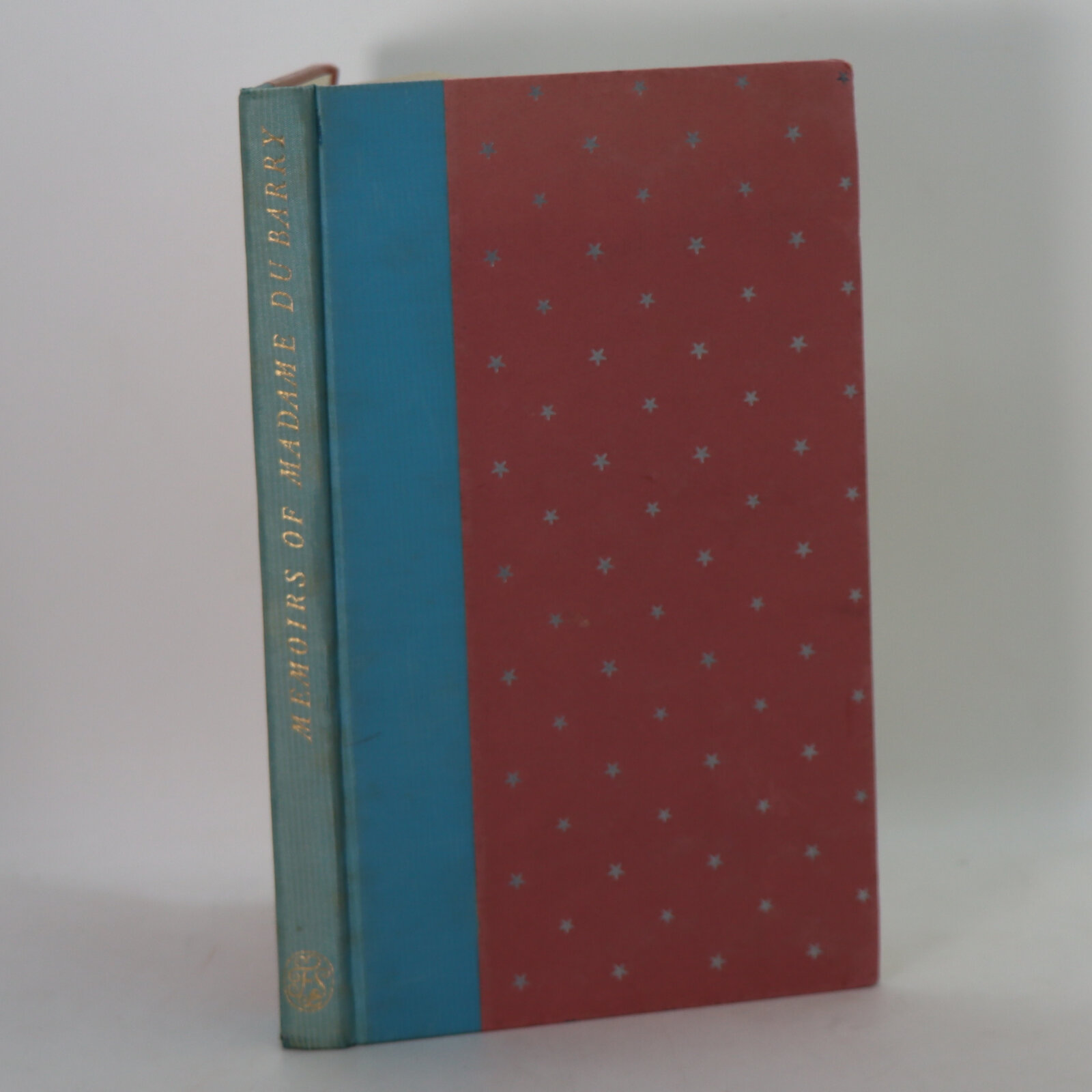
Share this Page with a friend

